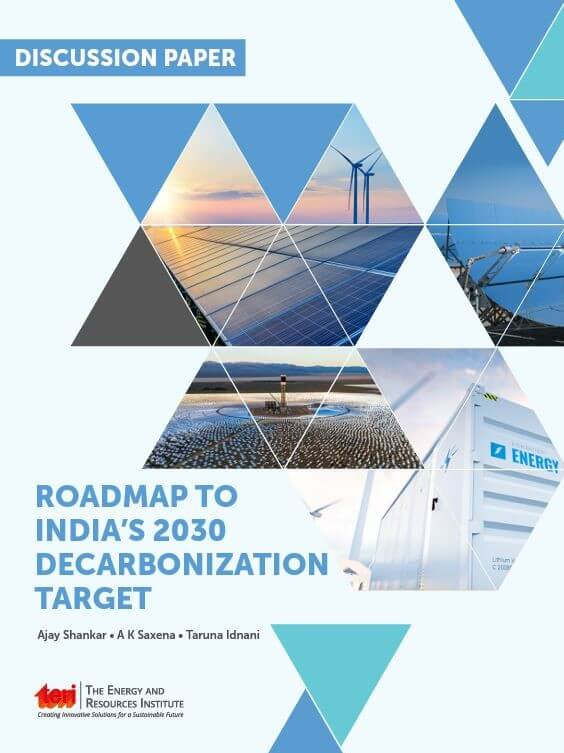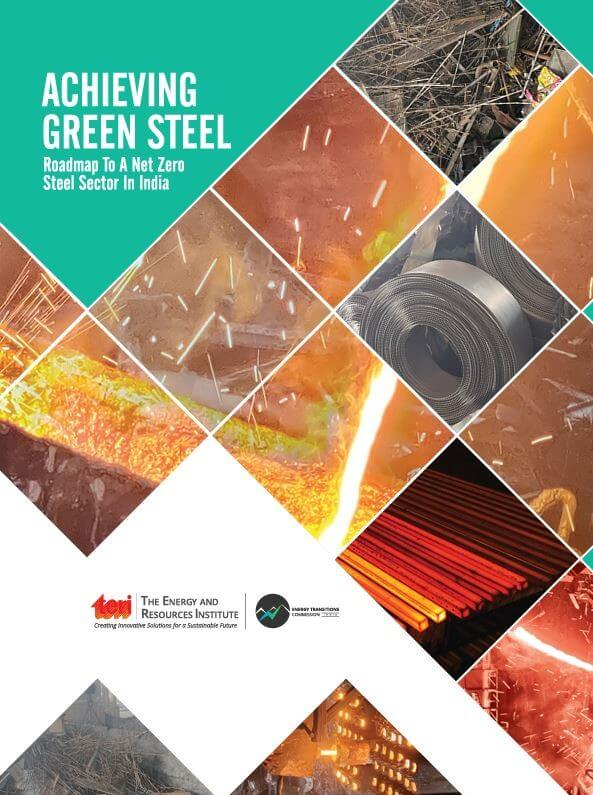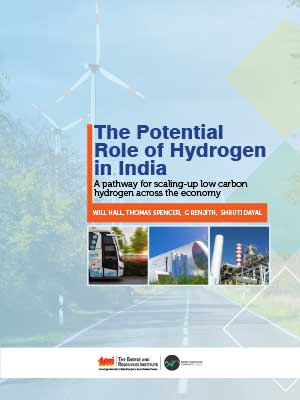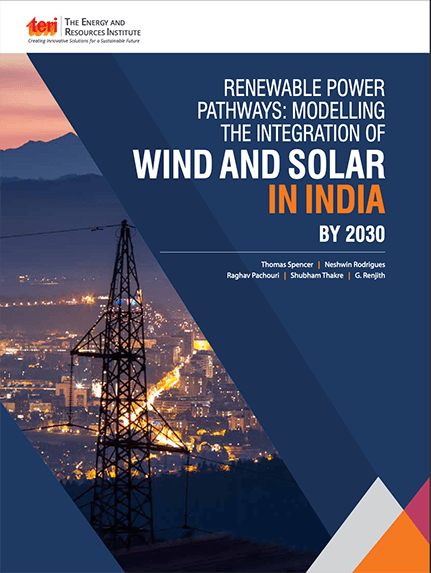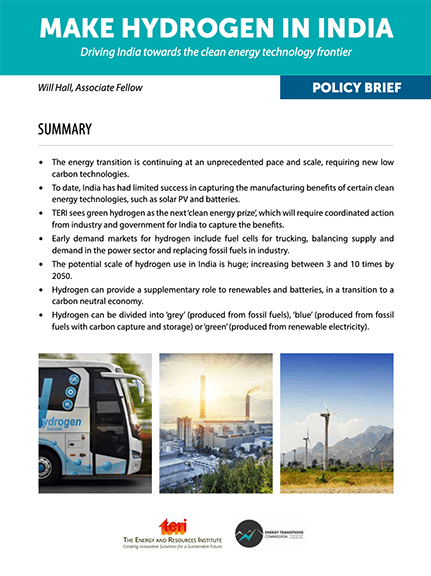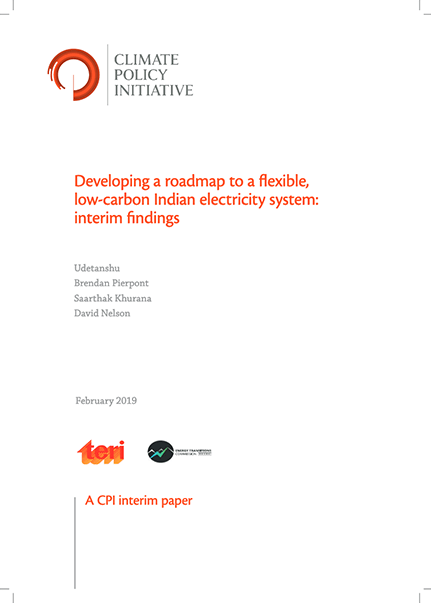Roadmap to India’s 2030 Decarbonization Target
August 2022
India’s decarbonization target
At COP26, India’s 2030 decarbonization target was announced. The highly ambitious goal includes decarbonizing energy to 50% and achieving 500 GW of fossil fuel-free generating capacity by 2030. This was a very large increase above its Paris commitments, far more than expected.
Energy usage in India
The electricity sector in India has undergone rapid transformation in recent decades. The country has successfully electrified all households. There is adequate power generating capacity whose optimal utilization is facilitated by an integrated national grid. The per capita electricity consumption in India stands at 1208 kWh up from 559 kWh in 2001. This would increase at least three times as India’s economic development gathers greater momentum and living standards of its citizens rise in the coming decades. Reliable, affordable, quality, round-the-clock power supply to all is the goal to be achieved in the next few years.
India’s net zero transition
India is now committed to the energy transition of decarbonization and achieving a state of net zero emission. India has made remarkable progress in recent years. It now has the 5th largest solar and 4th largest wind power capacity in the world, with its total capacity being over 100 GW. Though the share of renewables in total electricity generation is now over 10%, more than 70% of the country’s electricity was still generated by fossil fuels in 2021.
This paper by TERI, examines the challenges in achieving India’s 2030 decarbonization targets and discusses feasible pathways for achieving these.


